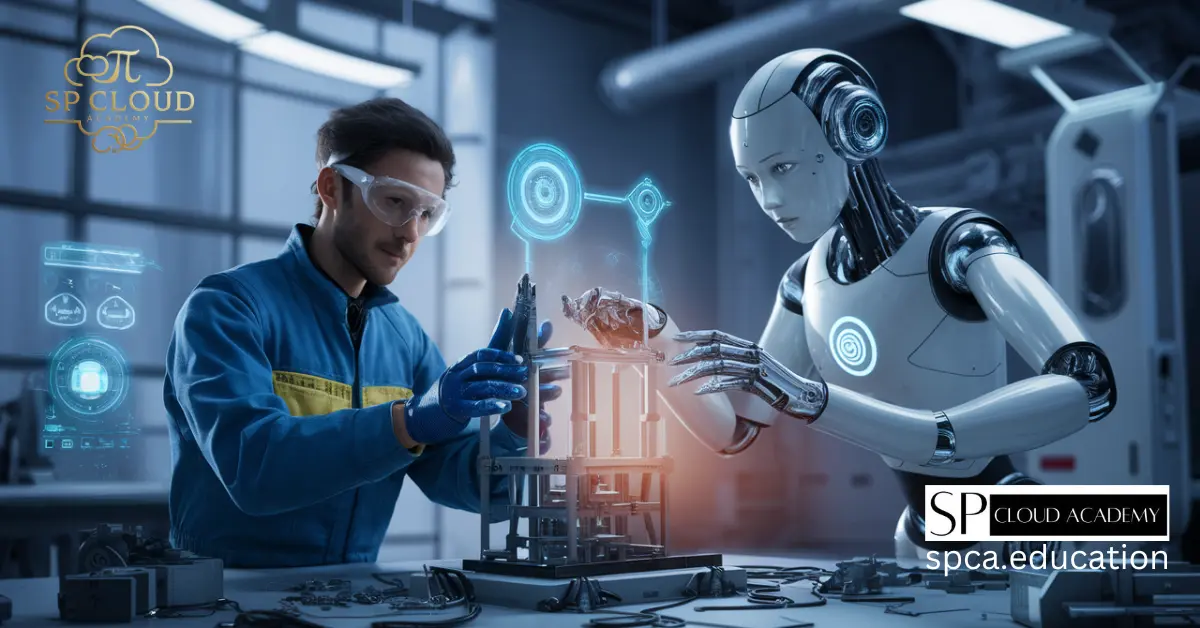Introduction
In the 21st century, the rapid advancement of artificial intelligence (AI) has sparked a global conversation about the future of work, creativity, and innovation. While some fear that AI will replace human jobs, the more nuanced and optimistic perspective is that AI and human collaboration will redefine how we work, solve problems, and create. This article explores the symbiotic relationship between AI and humans, highlighting how this collaboration can lead to unprecedented levels of productivity, creativity, and societal progress.
The Evolution of AI: From Automation to Collaboration
The Early Days of AI: Automation and Efficiency
Artificial intelligence has come a long way since its inception. Initially, AI was primarily focused on automation—performing repetitive tasks faster and more accurately than humans. From manufacturing assembly lines to data entry, AI-driven automation revolutionized industries by increasing efficiency and reducing costs.
However, this early phase of AI also raised concerns about job displacement. As machines took over routine tasks, many feared that human workers would become obsolete. While these concerns were not entirely unfounded, they overlooked the potential for AI to augment human capabilities rather than replace them.
The Shift Toward Collaboration
As AI technology advanced, it became clear that its true potential lay not in replacing humans but in collaborating with them. Modern AI systems are designed to complement human skills, enabling us to achieve more than we could on our own. This shift from automation to collaboration has opened up new possibilities across various fields, from healthcare and education to art and entertainment.
The Benefits of AI and Human Collaboration
Enhanced Productivity and Efficiency
One of the most significant advantages of AI and human collaboration is the enhancement of productivity and efficiency. AI can process vast amounts of data at incredible speeds, providing humans with insights and recommendations that would be impossible to generate manually. This allows human workers to focus on higher-level tasks that require creativity, critical thinking, and emotional intelligence.
For example, in the healthcare industry, AI-powered diagnostic tools can analyze medical images and patient data to identify potential health issues. However, it is the human doctor who interprets these findings, considers the patient’s unique circumstances, and develops a treatment plan. This collaboration between AI and human expertise leads to more accurate diagnoses and better patient outcomes.
Accelerated Innovation and Problem-Solving
AI and human collaboration also accelerates innovation and problem-solving. AI can analyze complex datasets, identify patterns, and generate hypotheses, while humans can apply their intuition, creativity, and domain knowledge to refine these ideas and bring them to life.
In the field of scientific research, AI is being used to analyze vast amounts of data from experiments, simulations, and observations. This enables researchers to identify promising avenues of inquiry more quickly and efficiently. For instance, AI has been instrumental in the discovery of new drugs and materials, significantly reducing the time and cost associated with traditional research methods.
Improved Decision-Making
AI can also enhance human decision-making by providing data-driven insights and recommendations. In business, AI-powered analytics tools can help executives make informed decisions by analyzing market trends, customer behavior, and financial data. This allows companies to respond more quickly to changing conditions and seize new opportunities.
However, it is important to note that AI is not infallible. Human judgment is still essential to interpret AI-generated insights, consider ethical implications, and make decisions that align with organizational values and goals. The collaboration between AI and humans ensures that decisions are both data-driven and contextually informed.
Empowering Creativity and Artistic Expression
Contrary to the belief that AI will stifle creativity, it has the potential to empower and enhance human artistic expression. AI tools can assist artists, writers, and musicians by generating ideas, providing inspiration, and automating repetitive tasks. This allows creators to focus on the more nuanced and emotional aspects of their work.
For example, AI-powered music composition tools can generate melodies and harmonies based on a set of parameters provided by the composer. The composer can then refine and expand upon these ideas, creating a unique piece of music that reflects their artistic vision. Similarly, AI can assist visual artists by generating digital sketches or suggesting color palettes, enabling them to experiment with new styles and techniques.
Enhancing Education and Learning
AI and human collaboration is also transforming the field of education. AI-powered learning platforms can personalize the educational experience by adapting to each student’s unique needs, strengths, and weaknesses. This allows educators to provide targeted support and guidance, helping students achieve their full potential.
For instance, AI can analyze a student’s performance on assignments and assessments, identifying areas where they may need additional practice or instruction. The teacher can then use this information to tailor their lessons and provide individualized feedback. This collaborative approach to education ensures that students receive the support they need to succeed, while also freeing up teachers to focus on fostering critical thinking and creativity.
Challenges and Ethical Considerations
The Risk of Over-Reliance on AI
While the benefits of AI and human collaboration are undeniable, there are also challenges and ethical considerations that must be addressed. One of the primary concerns is the risk of over-reliance on AI. As AI systems become more sophisticated, there is a danger that humans may become too dependent on them, leading to a loss of critical thinking and problem-solving skills.
To mitigate this risk, it is essential to strike a balance between leveraging AI’s capabilities and maintaining human agency. This requires ongoing education and training to ensure that individuals understand how AI works, its limitations, and how to use it effectively. It also involves fostering a culture of collaboration, where humans and AI work together as partners rather than competitors.
Bias and Fairness in AI
Another significant challenge is the issue of bias and fairness in AI. AI systems are only as good as the data they are trained on, and if that data contains biases, the AI will inevitably reproduce and amplify those biases. This can lead to unfair and discriminatory outcomes, particularly in areas such as hiring, lending, and law enforcement.
Addressing this issue requires a concerted effort to ensure that AI systems are trained on diverse and representative datasets. It also involves developing algorithms that are transparent and explainable, allowing humans to understand how decisions are made and identify potential biases. Additionally, it is crucial to involve diverse stakeholders in the development and deployment of AI systems to ensure that they are fair and equitable.
Privacy and Security Concerns
The widespread adoption of AI also raises concerns about privacy and security. AI systems often rely on vast amounts of personal data to function effectively, which can lead to potential breaches of privacy. Additionally, as AI becomes more integrated into critical infrastructure, there is a risk of cyberattacks that could have severe consequences.
To address these concerns, it is essential to implement robust data protection measures and ensure that AI systems are designed with privacy and security in mind. This includes using encryption, anonymization, and other techniques to protect sensitive data, as well as conducting regular security audits to identify and address vulnerabilities.
The Future of Work and Employment
The impact of AI on the future of work and employment is another area of concern. While AI has the potential to create new jobs and industries, it may also lead to the displacement of certain roles, particularly those that involve routine and repetitive tasks. This has led to calls for policies and initiatives that support workforce reskilling and upskilling, ensuring that individuals are equipped with the skills needed to thrive in an AI-driven economy.
Governments, businesses, and educational institutions must work together to create a future of work that is inclusive and equitable. This includes investing in lifelong learning programs, providing support for workers in transition, and fostering a culture of innovation and adaptability.
The Future of AI and Human Collaboration
The Rise of Augmented Intelligence
As AI continues to evolve, the concept of augmented intelligence is gaining traction. Augmented intelligence refers to the use of AI to enhance human intelligence rather than replace it. This approach recognizes that humans and AI have complementary strengths and that the most effective solutions come from combining these strengths.
For example, in the field of medicine, augmented intelligence can help doctors make more accurate diagnoses by analyzing patient data and providing recommendations. However, the final decision is always made by the human doctor, who considers the patient’s unique circumstances and preferences. This collaborative approach ensures that the benefits of AI are realized while maintaining the human touch that is essential in healthcare.
The Role of AI in Addressing Global Challenges
AI and human collaboration also have the potential to address some of the world’s most pressing challenges, from climate change and poverty to healthcare and education. By leveraging AI’s ability to analyze vast amounts of data and generate insights, humans can develop more effective strategies and solutions to these complex problems.
For instance, AI can be used to model the impact of climate change and identify the most effective mitigation strategies. It can also be used to optimize resource allocation in humanitarian efforts, ensuring that aid reaches those who need it most. In healthcare, AI can help identify patterns in disease outbreaks and develop targeted interventions to prevent the spread of infectious diseases.
The Importance of Ethical AI Development
As AI becomes more integrated into our lives, it is crucial to ensure that it is developed and deployed ethically. This involves considering the potential impact of AI on society, including issues related to fairness, transparency, accountability, and privacy. It also requires involving diverse stakeholders in the development process to ensure that AI systems are aligned with societal values and priorities.
Ethical AI development also involves addressing the potential for AI to be used in harmful ways, such as in the development of autonomous weapons or the spread of misinformation. To mitigate these risks, it is essential to establish clear guidelines and regulations for the use of AI, as well as to promote a culture of responsibility and accountability among AI developers and users.
The Role of Education and Lifelong Learning
As AI continues to transform the world of work, education and lifelong learning will play a critical role in ensuring that individuals are equipped with the skills needed to thrive in an AI-driven economy. This includes not only technical skills related to AI and data science but also soft skills such as critical thinking, creativity, and emotional intelligence.
Educational institutions must adapt to this changing landscape by incorporating AI-related topics into their curricula and providing opportunities for students to gain hands-on experience with AI tools and technologies. Additionally, businesses and governments must invest in lifelong learning programs that enable workers to continuously update their skills and stay competitive in the job market.
The Potential for AI to Enhance Human Well-Being
Ultimately, the goal of AI and human collaboration should be to enhance human well-being. This includes not only improving productivity and efficiency but also fostering creativity, innovation, and personal growth. By working together, humans and AI can create a future that is more inclusive, equitable, and sustainable.
For example, AI can be used to develop personalized healthcare solutions that improve quality of life and extend lifespan. It can also be used to create more engaging and immersive educational experiences that inspire a love of learning and curiosity. In the workplace, AI can help reduce stress and burnout by automating repetitive tasks and providing support for decision-making.
Conclusion
The collaboration between AI and humans represents a new frontier in the evolution of work, creativity, and innovation. By leveraging the strengths of both, we can achieve levels of productivity, problem-solving, and artistic expression that were previously unimaginable. However, realizing this potential requires addressing the challenges and ethical considerations associated with AI, including issues related to bias, privacy, and the future of work.
As we move forward, it is essential to approach AI development and deployment with a focus on ethical considerations, inclusivity, and human well-being. By doing so, we can create a future where AI and humans work together as partners, unlocking new possibilities and driving progress for the benefit of all.
In this rapidly changing world, the key to success lies in embracing the potential of AI while maintaining the unique qualities that make us human. The future of AI and human collaboration is not about choosing between humans and machines but about finding ways to combine our strengths to create a better world for everyone.
See Also
-
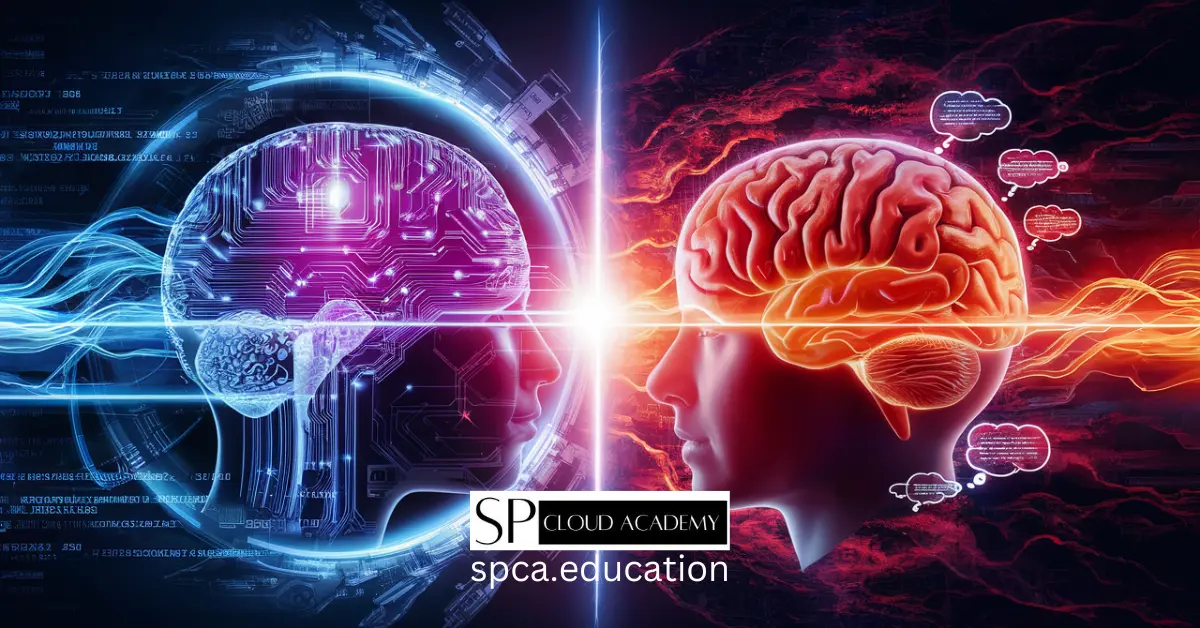
AI vs. The Mind: The Ultimate Battle Between Machine and Thought
-
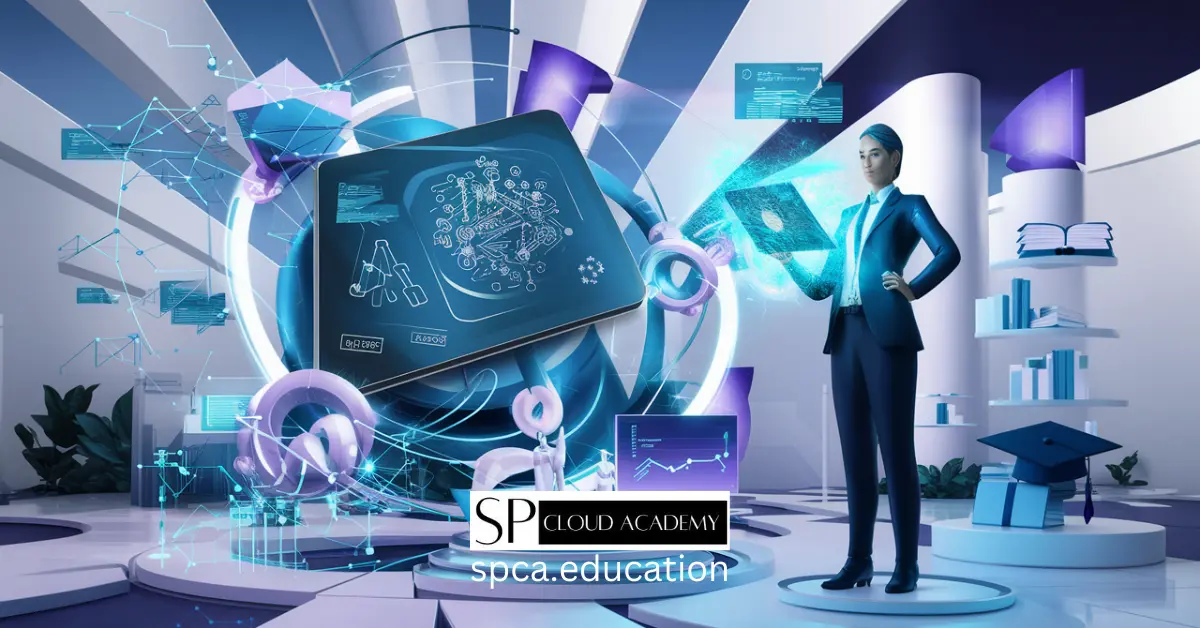
Lifelong Learning in the AI Era: How Upskilling Can Future-Proof Your Career
-
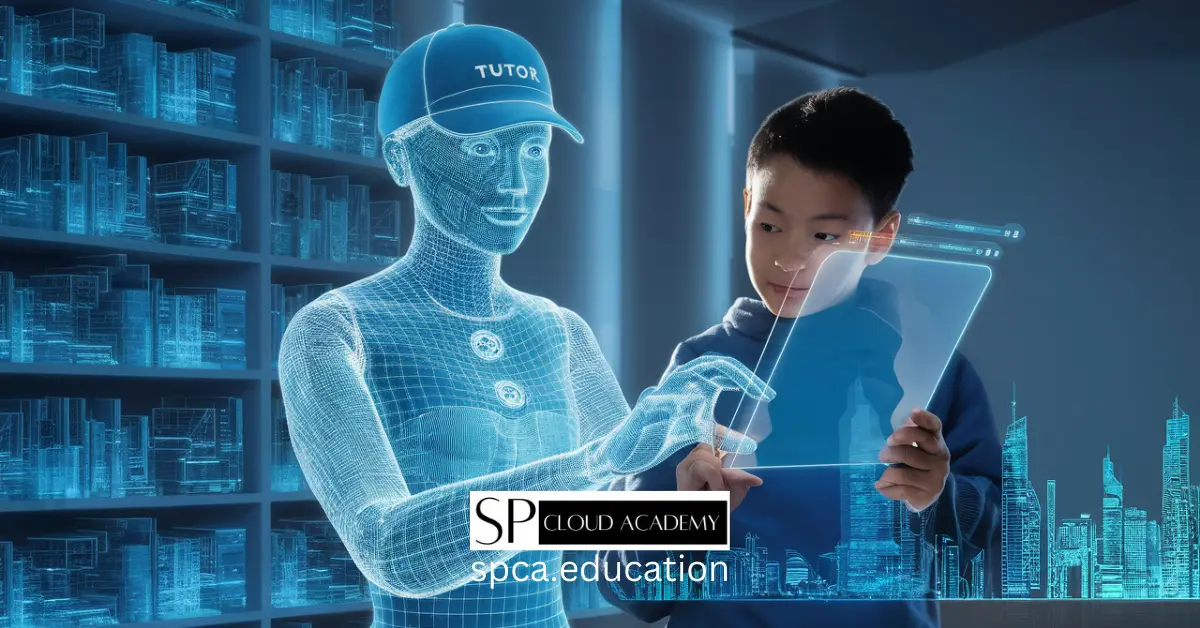
Personalized AI Tutoring Tools: The Future of Smarter Learning
-
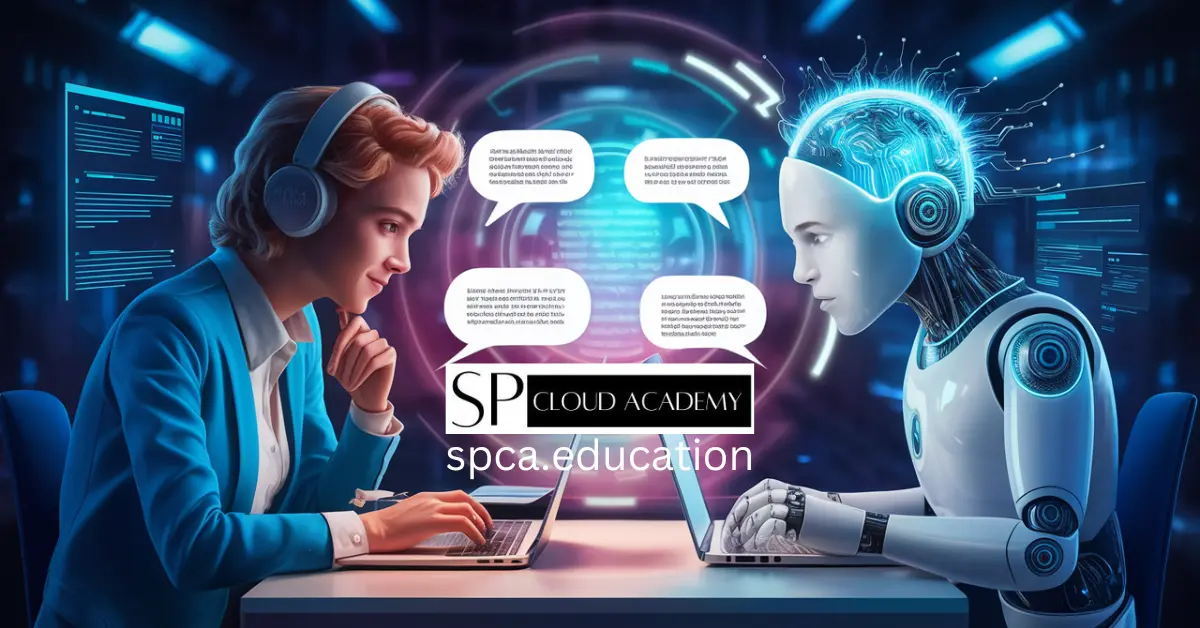
Blogging vs. AI: Who Owns the Future of Online Content? A Deep Dive
-
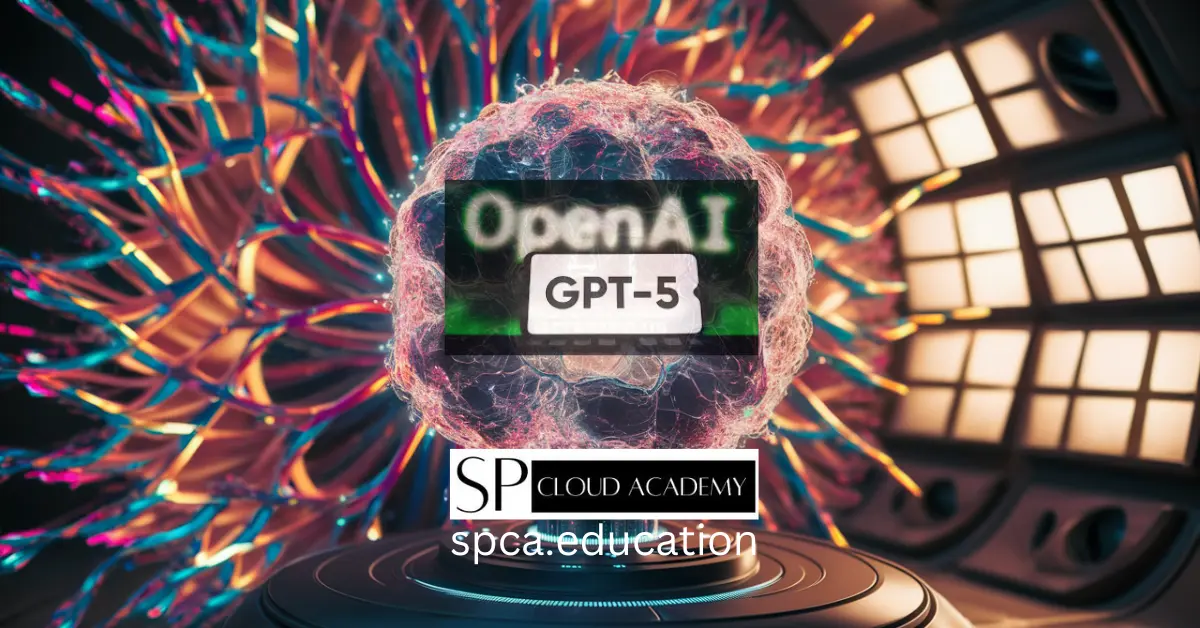
Why GPT-5 Might Be the Most Intelligent AI Ever Created
-
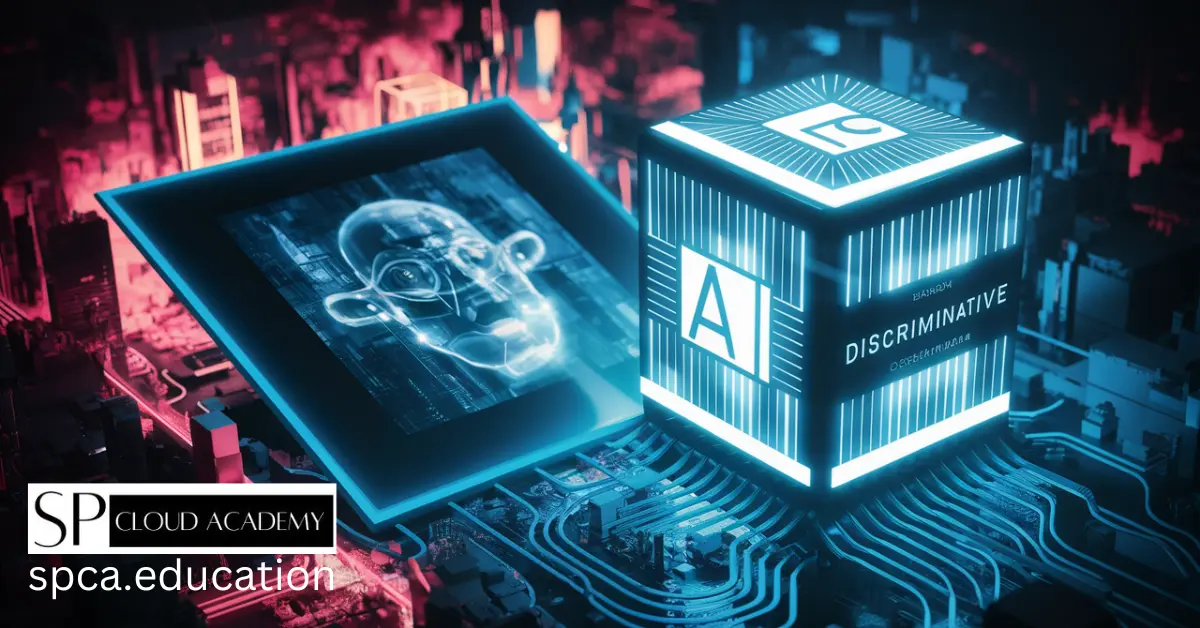
Unlocking the Power of Discriminative AI: The Future of Intelligent Decision-Making
-

Unlocking Creativity: The Fundamentals of Generative AI Explained
-

Traditional Web Surfing vs AI: Who Wins the Battle for Your Attention?
-
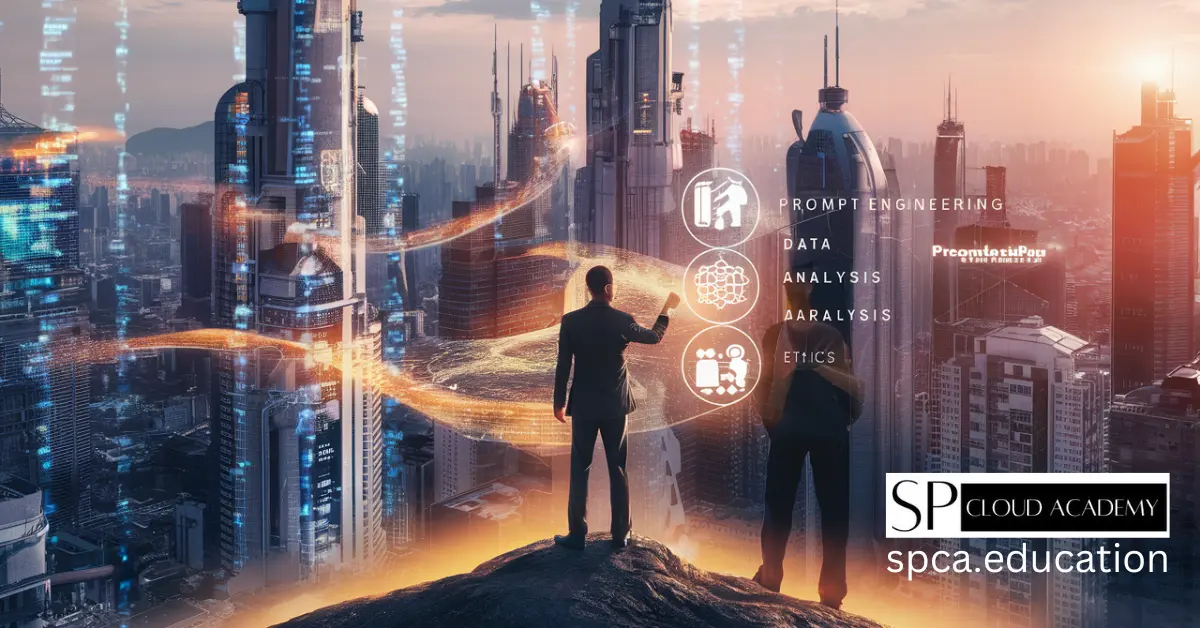
Stay Ahead of the Curve: 9 AI Skills That Set You Apart in 2025
